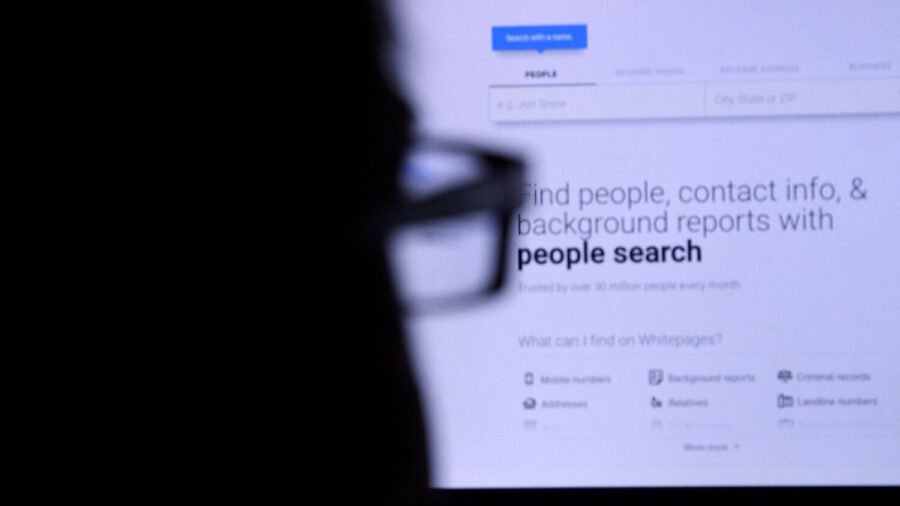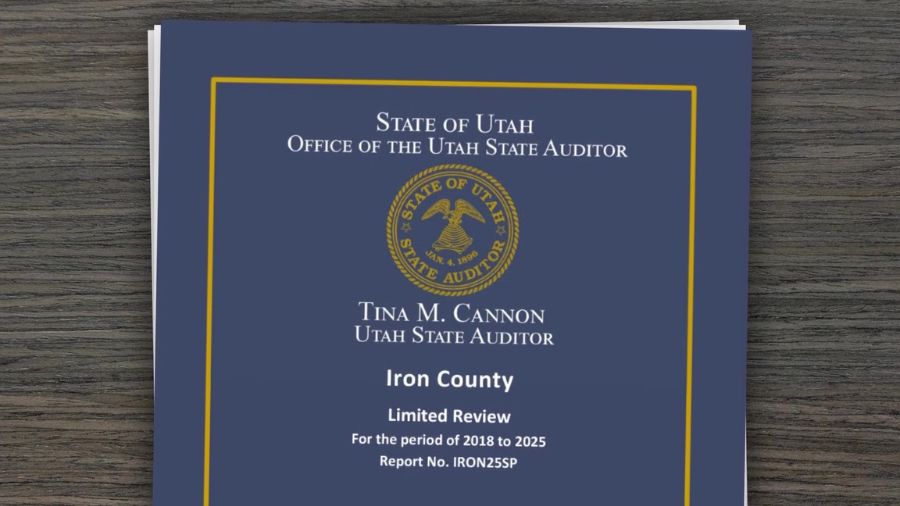Utah reports 1,330 COVID-19 cases, eight additional deaths
Dec 10, 2021, 1:15 PM | Updated: 1:35 pm

FILE PHOTO (Photo by Jon Cherry/Getty Images)
(Photo by Jon Cherry/Getty Images)
SALT LAKE CITY — The Utah Department of Health on Friday said eight more Utahns have died due to COVID-19 and 1,330 residents have tested positive for the virus.
Of those cases, 229 (18.25%) were in school-aged children:
- 124 cases in children ages 5-10
- 40 cases in children ages 11-13
- 65 cases in children ages 14-18
Currently, 536 Utahns are hospitalized due to the virus and the ICUs at Utah’s 16 referral center hospitals, where the majority of COVID-19 patients are treated, are 99.1% full — above the state’s “functionally full” threshold of 85%.
Utah’s ICUs have been above the functionally full mark since Aug. 23.
The rolling seven-day average for positive tests was 1,254 — down from 1,550 on Monday but up from 1,123 last Monday.
An additional 18,702 vaccine doses have been administered since yesterday, bringing the state’s total number of vaccine doses given to 4,310,671.
UDOH said over 1.85 million Utahns are now fully vaccinated, over 2.1 million have received at least one dose of a vaccine and 501,089 have received a booster dose.
Children ages 5-11 are now eligible to receive a smaller dose of Pfizer’s COVID-19 vaccine, which has been fully approved by the FDA and CDC, and appointments are now available across the state.
All Utahns age 18 and older, who received their second dose of the Pfizer or Moderna COVID-19 vaccine more than six months ago, or a Johnson & Johnson vaccine more than two months ago, are also eligible for a booster shot.
Teens age 16 and 17 are also eligible for a Pfizer booster dose.
The FDA and CDC have approved booster doses for Americans and urged those age 50 and older to seek one.
FDA expands Pfizer COVID booster, opens extra dose to age 16
Vaccinated vs. unvaccinated risk ratios
In the last 28 days, people who are unvaccinated are at 15.3 times greater risk of dying from COVID-19, 9.2 times greater risk of being hospitalized due to COVID-19, and 3.6 times greater risk of testing positive for COVID-19 than vaccinated people.
Since Feb. 1, people who are unvaccinated are at 6.7 times greater risk of dying from COVID-19, 5.6 times greater risk of being hospitalized due to COVID-19, and 2.5 times greater risk of testing positive for COVID-19 than vaccinated people.
Testing
UDOH reports 4,064,589 people have been tested — 9,187 more since yesterday. Of those, 610,681 Utahns have tested positive for COVID-19 — an increase of 1,330 new cases.
The rolling seven-day average for positive tests was 1,254 — down from 1,550 on Monday but up from 1,123 last Monday.
On June 1, Utah’s rolling seven-day average had dropped to 200 cases.
The rolling seven-day average for percent positivity of “people over people” rose to 15.4% while the rolling seven-day average for percent positivity of “tests over tests” rose to 10.1%.
Vaccinations
The state has administered 4,310,671 vaccine doses in total as of Friday, which is an increase of 18,0702 over yesterday’s numbers.
As of Friday, over 2.1 million Utahns had received at least one dose of a vaccine, over 1.85 million Utahns were fully vaccinated and 501,089 have received a booster dose.
Over 5.22 million vaccines have been delivered to Utah.
The eligible population for vaccinations has changed with the expansion of vaccines to the 5- to 11-year-old age group. The state’s dashboard now includes a breakout of vaccines administered for that age group and booster dose administrations.
Data includes the total number of people who have received a booster dose, a breakdown by age (over 65 and under 65), and data on the type of booster dose people have received.
Hospitalizations
Currently, 536 people are hospitalized with confirmed cases of COVID-19 and 212 of those people are in intensive care units.
Utah’s ICUs were 95.4% full and the ICU beds in Utah’s 16 referral centers were at 99.1% capacity Friday — above the state’s utilization threshold or “functionally full” mark of 85%.
Forty percent of Utah’s ICU usage is due to COVID-19 patients.
“At about 69% overall ICU utilization, ICUs in Utah’s major hospitals with the ability to provide best care for COVID-19 patients begin to reach staffing capacity,” UDOH officials said. “Seventy-two percent use among all hospitals and 77% in referral center hospitals creates major strains on the health care system. When 85% capacity is reached, Utah will be functionally out of staffed ICU beds, indicating an overwhelmed hospital system.”
Researcher, widow say numbers alone don’t convey the toll of the COVID-19 pandemic
Deaths
The virus has killed 3,640 of the state’s residents. Three of the following deaths, which were reported Friday, occurred before Nov. 10:
- Female, older than 85, Salt Lake County resident, long-term care facility resident
- Female, between 45-64, Weber County resident, hospitalized at time of death
- Male, between 65-84, Washington County resident, not hospitalized at time of death
- Male, between 65-84, Piute County resident, not hospitalized at time of death
- Male, between 65-84, Weber County resident, hospitalized at time of death
- Female, between 65-84, Weber County resident, long-term care facility resident
- Female, between 65-84, Utah County resident, hospitalized at time of death
- Male, between 45-64, Utah County resident, hospitalized at time of death
Nationwide Numbers
Coronavirus Resources
Have you or a family member been affected by coronavirus issues in Utah? KSL wants to hear from you. Contact KSL by emailing social@ksl.com.
Click here to sign up for a vaccine and here to see how Utah’s vaccine rollout is progressing.
The latest COVID-19 stories from KSL can be found here.
How do I prevent it?
The CDC has some simple recommendations, most of which are the same for preventing other respiratory illnesses or the flu:
- Get vaccinated and a booster dose if it has been more than six months (Pfizer/Moderna) since your second dose or two months (J&J) since your first
- Avoid close contact with people who may be sick
- Avoid touching your face
- Stay home when you are sick
- Cover your cough or sneeze with a tissue and then throw the tissue in the trash
- Wash your hands often with soap and water for at least 20 seconds, especially after going to the bathroom, before eating, and after blowing your nose, coughing or sneezing. Always wash your hands with soap and water if your hands are visibly dirty.
- If soap and water are not readily available, use an alcohol-based hand sanitizer with at least 60% alcohol.
The CDC recommends Americans should continue wearing cloth face coverings in public settings where other social distancing measures are difficult to maintain (e.g., grocery stores and pharmacies).


















